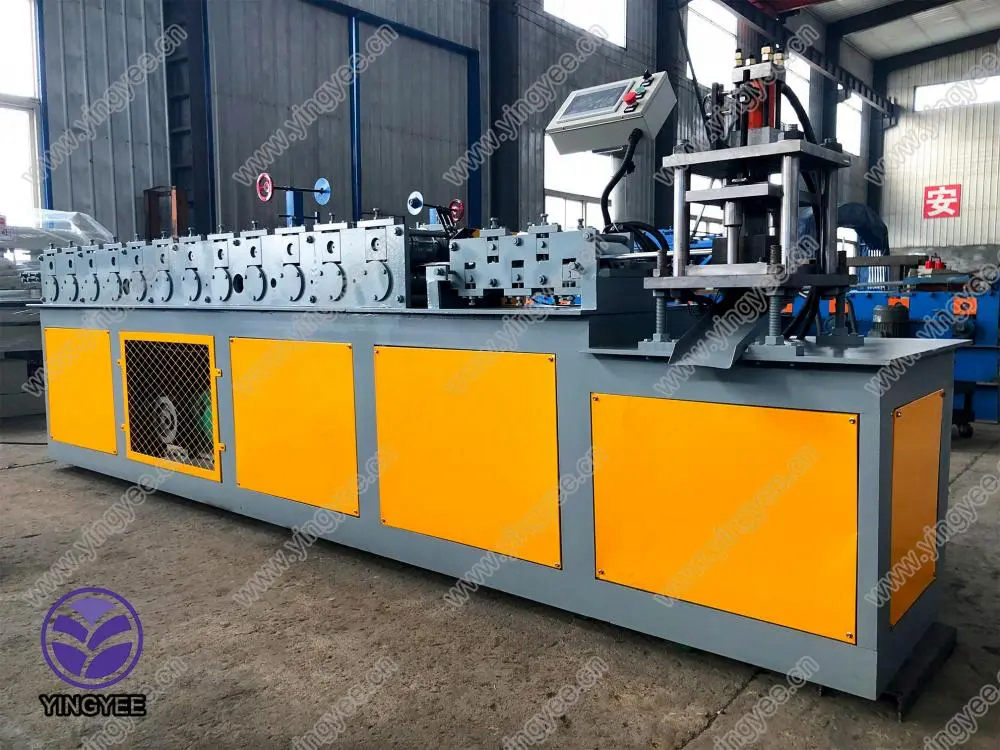
Understanding the Pricing of Simple Slitting Lines
In the manufacturing industry, efficiency and precision are paramount. A simple slitting line is a critical piece of equipment used in the processing of metal sheets and coils, allowing manufacturers to cut large rolls of material into narrower strips with high accuracy. This article delves into the factors influencing the pricing of simple slitting lines, exploring the various components that contribute to their cost, and providing insights for businesses looking to invest in this essential machinery.
What is a Simple Slitting Line?
A simple slitting line is designed to take coils of metal, such as steel or aluminum, and cut them into thinner strips. This machinery operates through a series of rollers, blades, and tension devices that ensure the material is cut precisely and efficiently. Simple slitting lines typically include key components such as unwinding units, slitting heads, recoiling devices, and control systems. While the basic functionality remains the same across different models, the complexity and features can vary widely, influencing the overall price.
Key Factors Affecting Prices
1. Quality of Materials and Construction The construction quality of a slitting line greatly affects its cost. High-quality materials and robust construction ensure durability and long-term reliability, thus increasing the price. Manufacturers that use advanced materials and techniques can expect to charge more for their machines.
2. Production Capacity The size and capacity of the slitting line significantly impact its price. Larger lines capable of handling greater widths or heavier gauges typically cost more. Businesses need to evaluate their production needs versus their budget when considering the size of the slitting line.
3. Technology and Automation The incorporation of advanced technology and automation can raise the price of simple slitting lines. Machines equipped with sophisticated controls, automatic speed adjustments, and monitoring systems improve efficiency and reduce labor costs but come at a higher initial investment.

4. Customization Custom-built slitting lines designed to meet specific production requirements tend to be more expensive than standard models. If a manufacturer has unique specifications, the cost of engineering and manufacturing a customized line can add significantly to the base price.
5. Brand and Manufacturer Reputation Renowned manufacturers often charge a premium for their products, reflecting their reputation for quality, reliability, and customer service. Investing in well-established brands may lead to higher upfront costs, but it can also result in lower maintenance expenses and better support over time.
6. Market Demand and Economic Conditions The overall market demand for manufacturing equipment and the prevailing economic conditions can influence prices. During periods of high demand, prices tend to increase. Conversely, during economic downturns, prices may become more competitive as manufacturers seek to sustain sales.
Estimated Price Range
The pricing for simple slitting lines can vary significantly, typically ranging from $50,000 to over $500,000 depending on the factors mentioned above. For example, a basic slitting line may cost around $50,000, while a highly automated line with advanced technology could exceed $300,000. It's crucial for businesses to conduct thorough research to understand the price points relative to their production needs and budget constraints.
Conclusion
Investing in a simple slitting line is a significant decision that requires careful consideration of various factors influencing price. From the quality of construction and production capacity to technology and customization options, each aspect contributes uniquely to the overall cost. Manufacturers should analyze their specific requirements and seek guidance from experienced suppliers to make informed purchasing decisions. By doing so, businesses can achieve a seamless production process, minimizing operational costs and maximizing profitability in an increasingly competitive market. Ultimately, a well-chosen slitting line can be a valuable asset, providing efficiency, precision, and reliable performance for years to come.